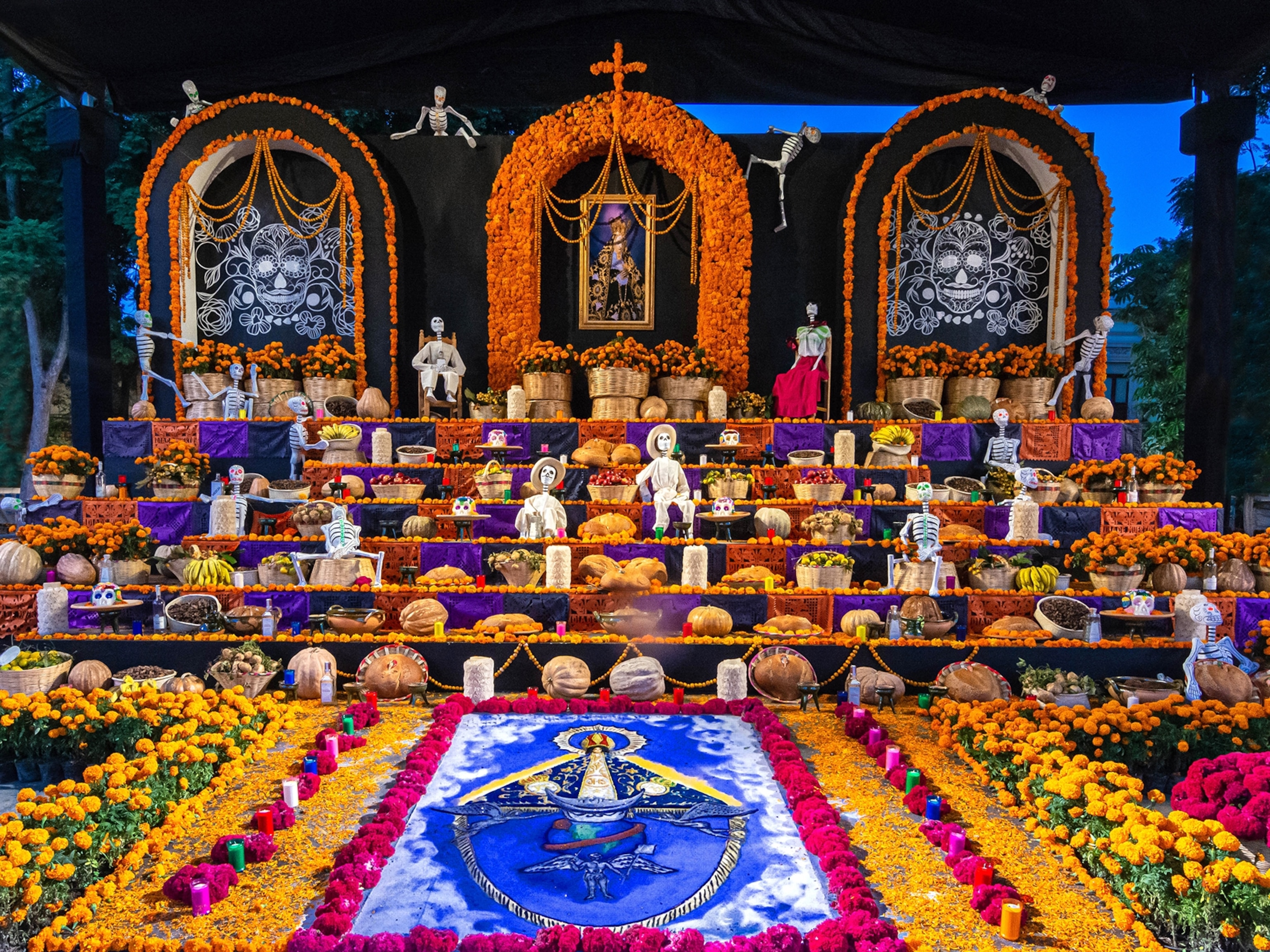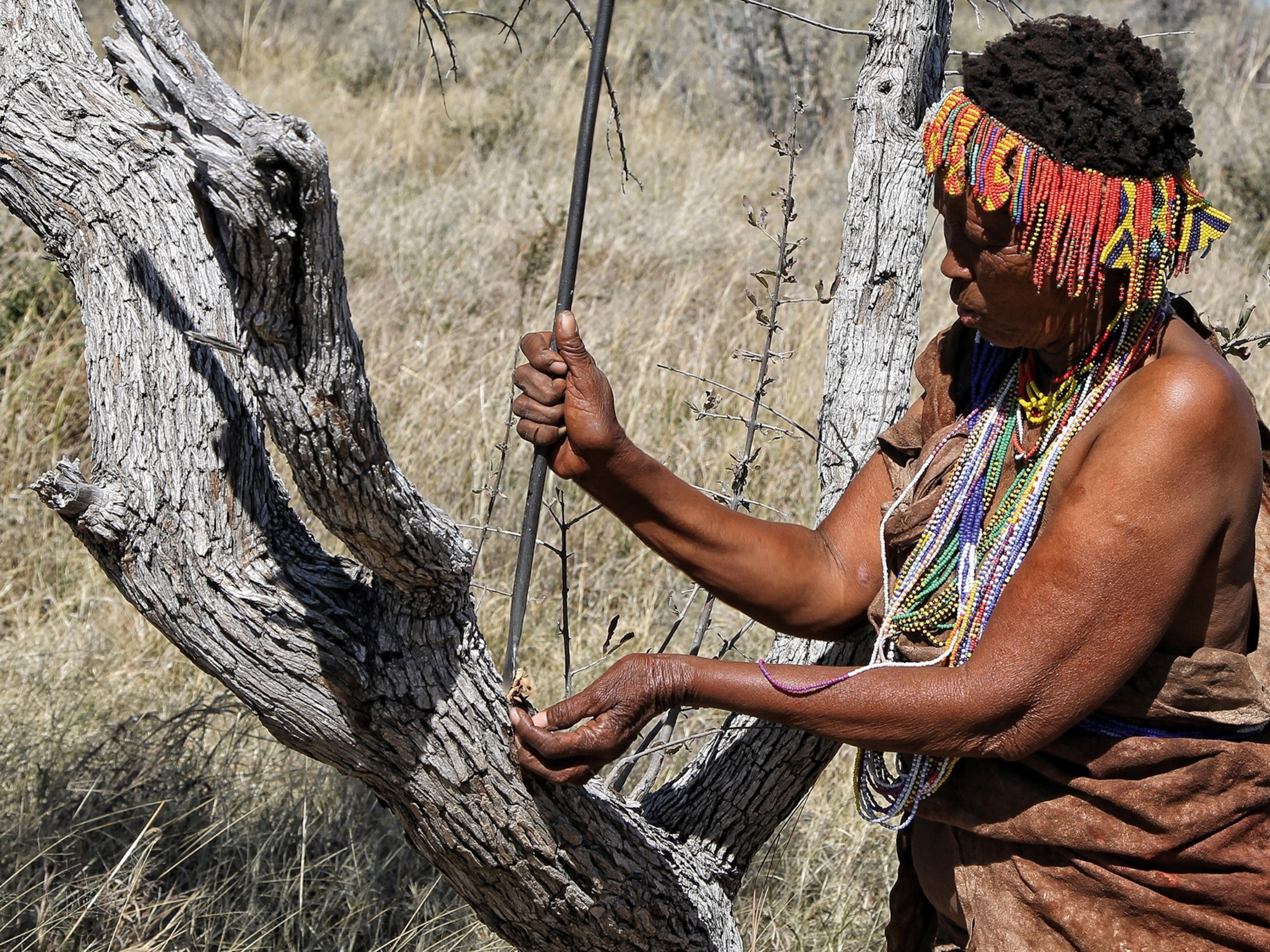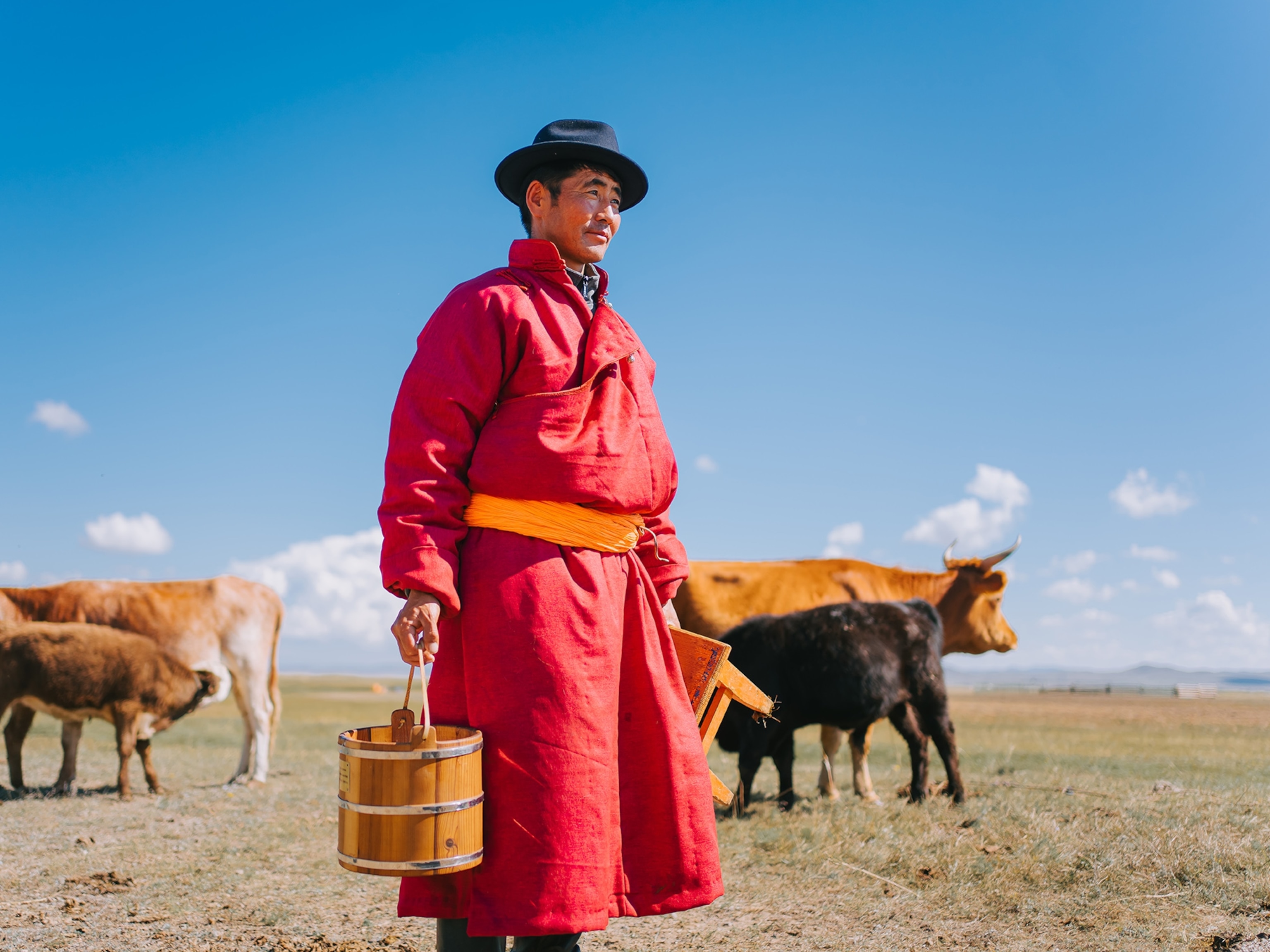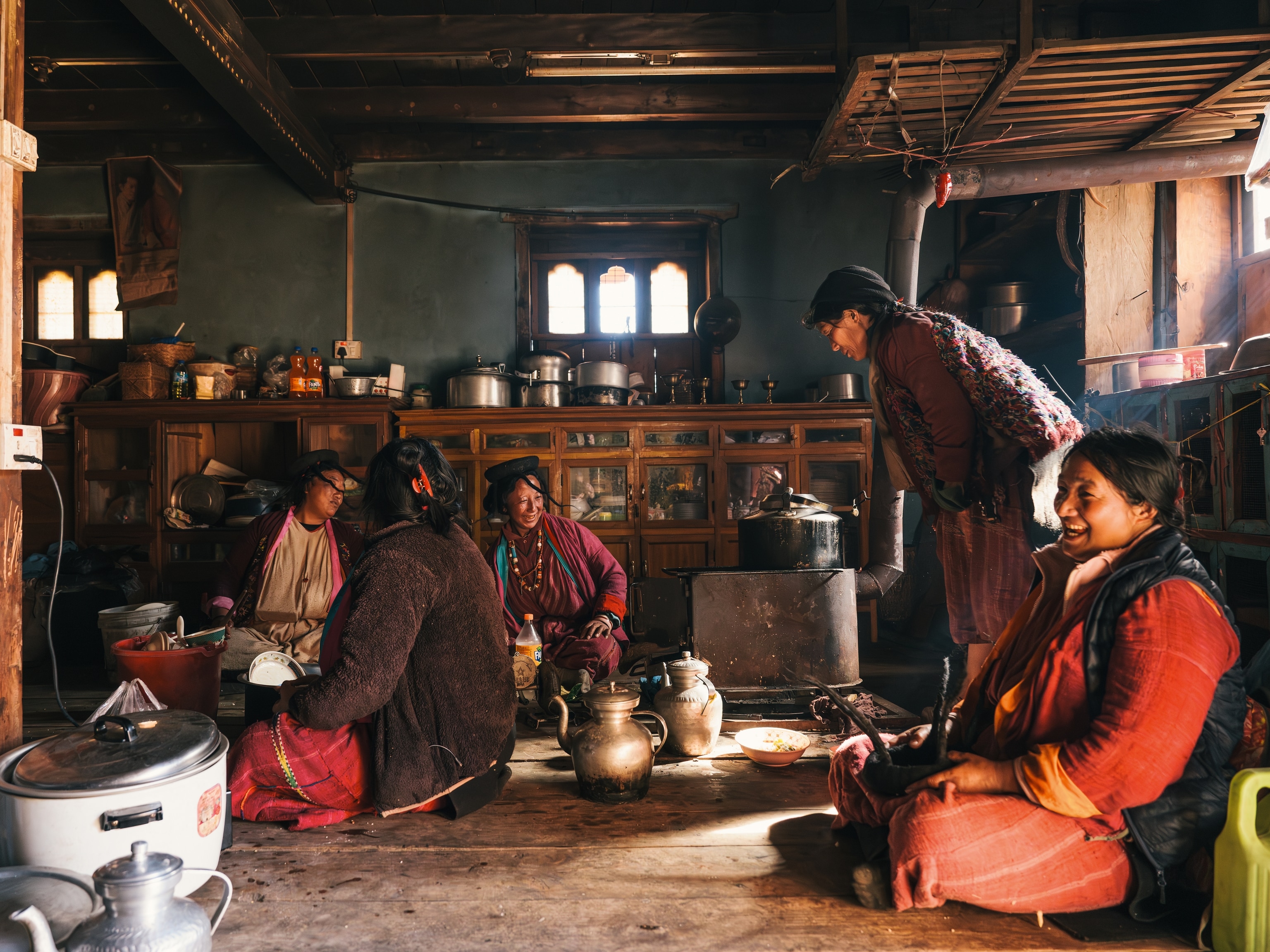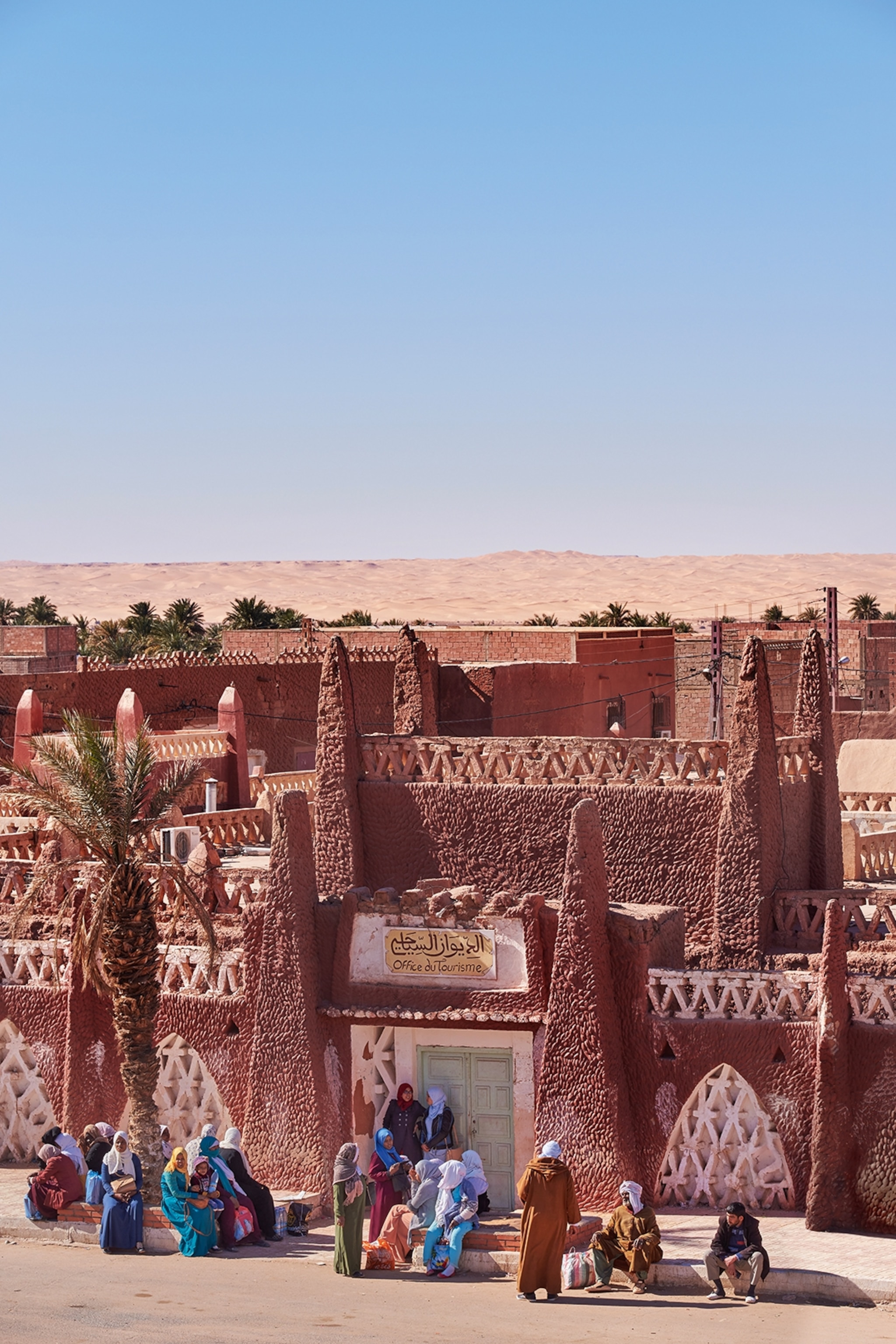
Photograph by Simon Urwin
The desert communities of Algeria make a home in the Sahara sand seas
Covering around 800,000 square miles, Algeria’s share of the Sahara takes up over 80% of the country — the volcanic peaks, canyons and vast sand seas form a striking backdrop to oasis cities and unique North African cultures.
Story and photographs bySimon Urwin
May 31, 2024
This article was produced by National Geographic Traveller (UK).
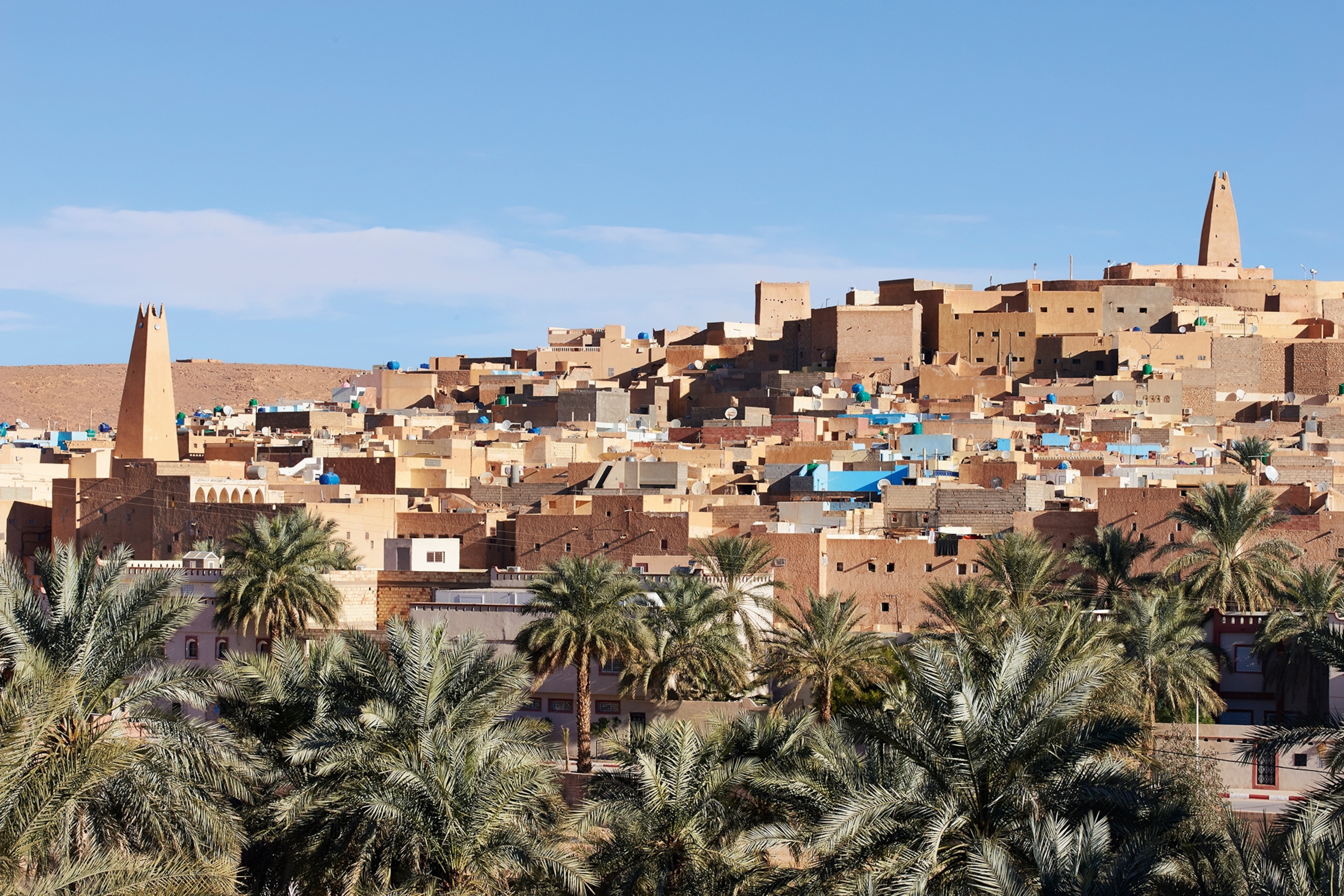
Photograph by Simon Urwin
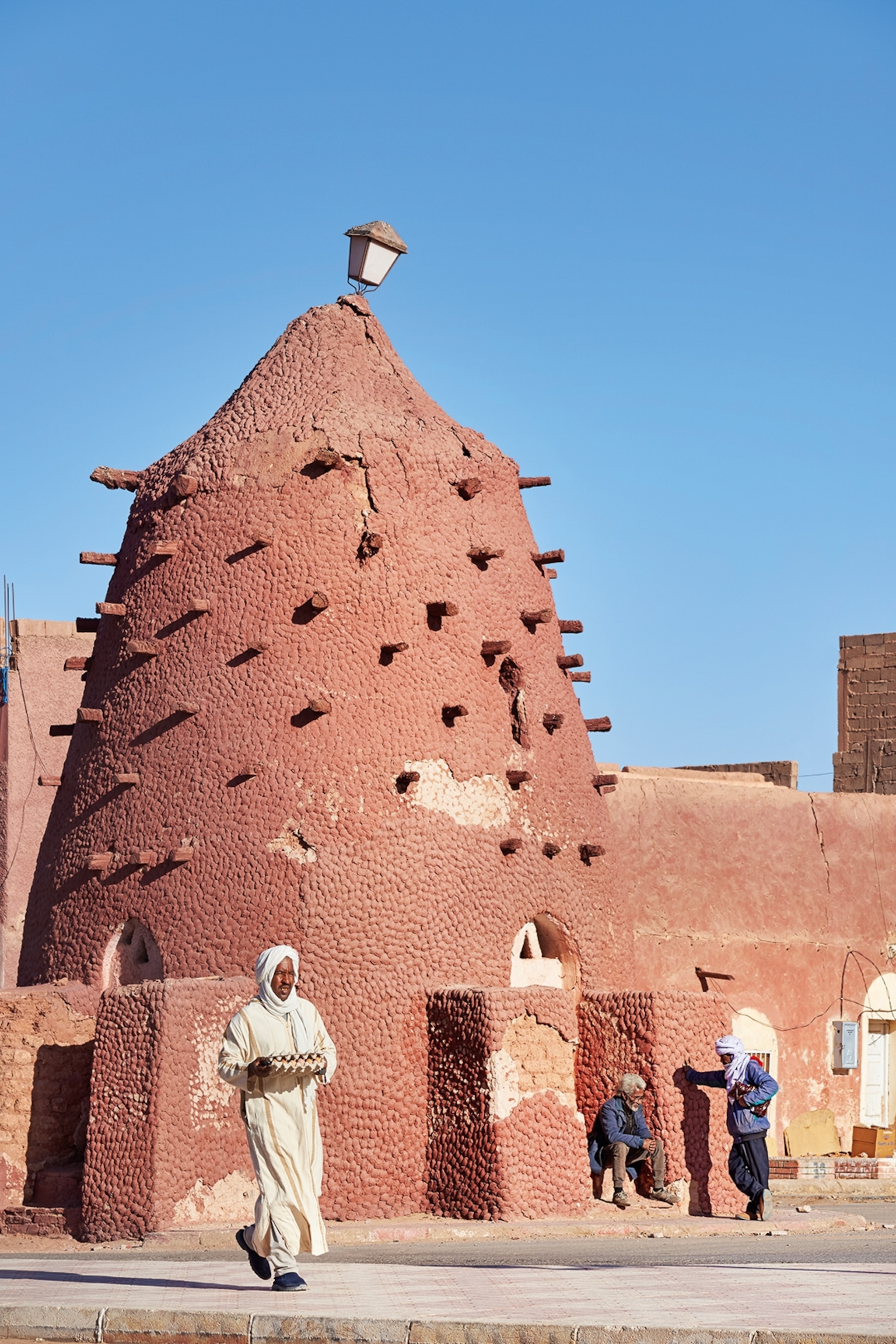
Photograph by Simon Urwin
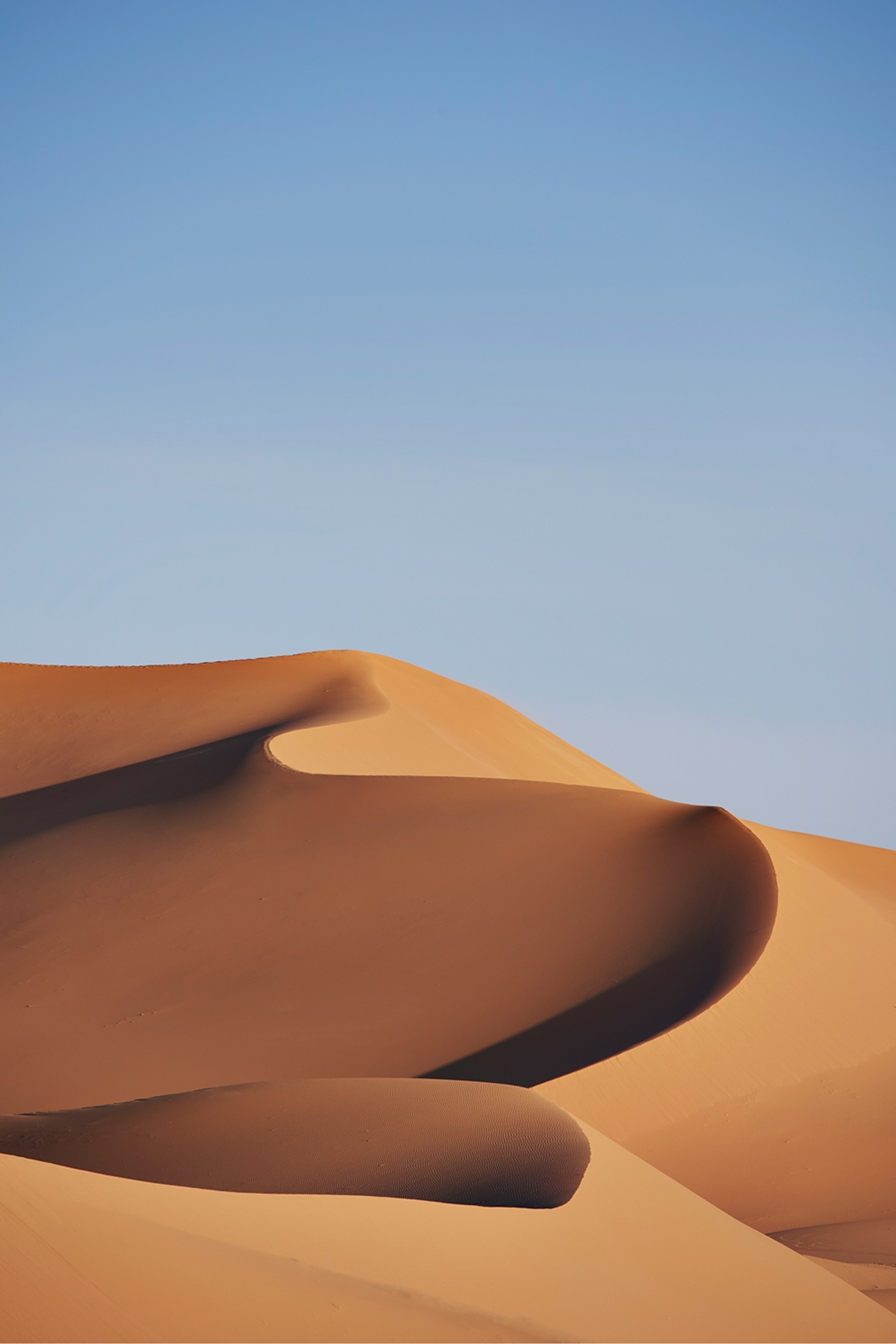
Photograph by Simon Urwin
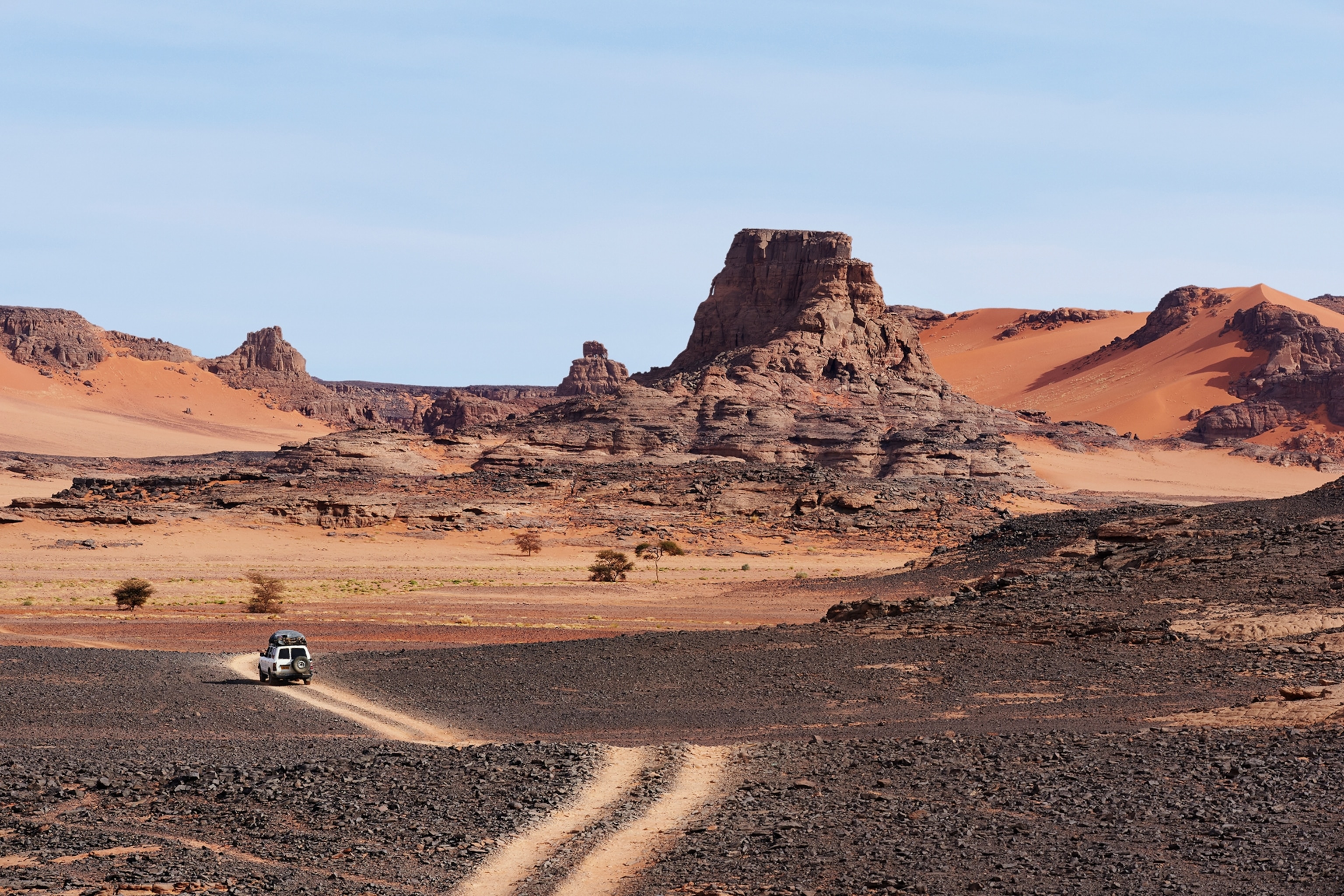
Photograph by Simon Urwin
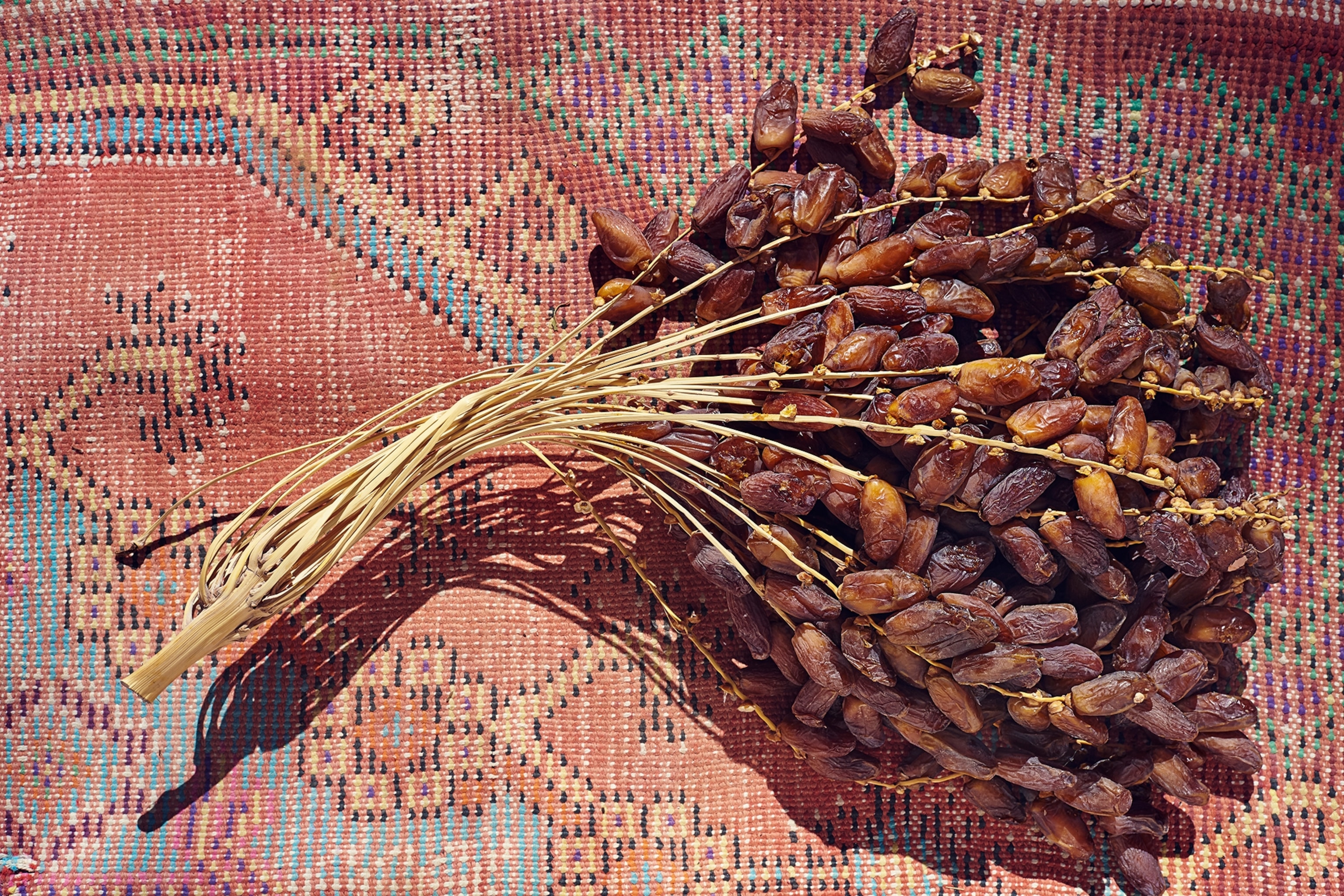
Photograph by Simon Urwin
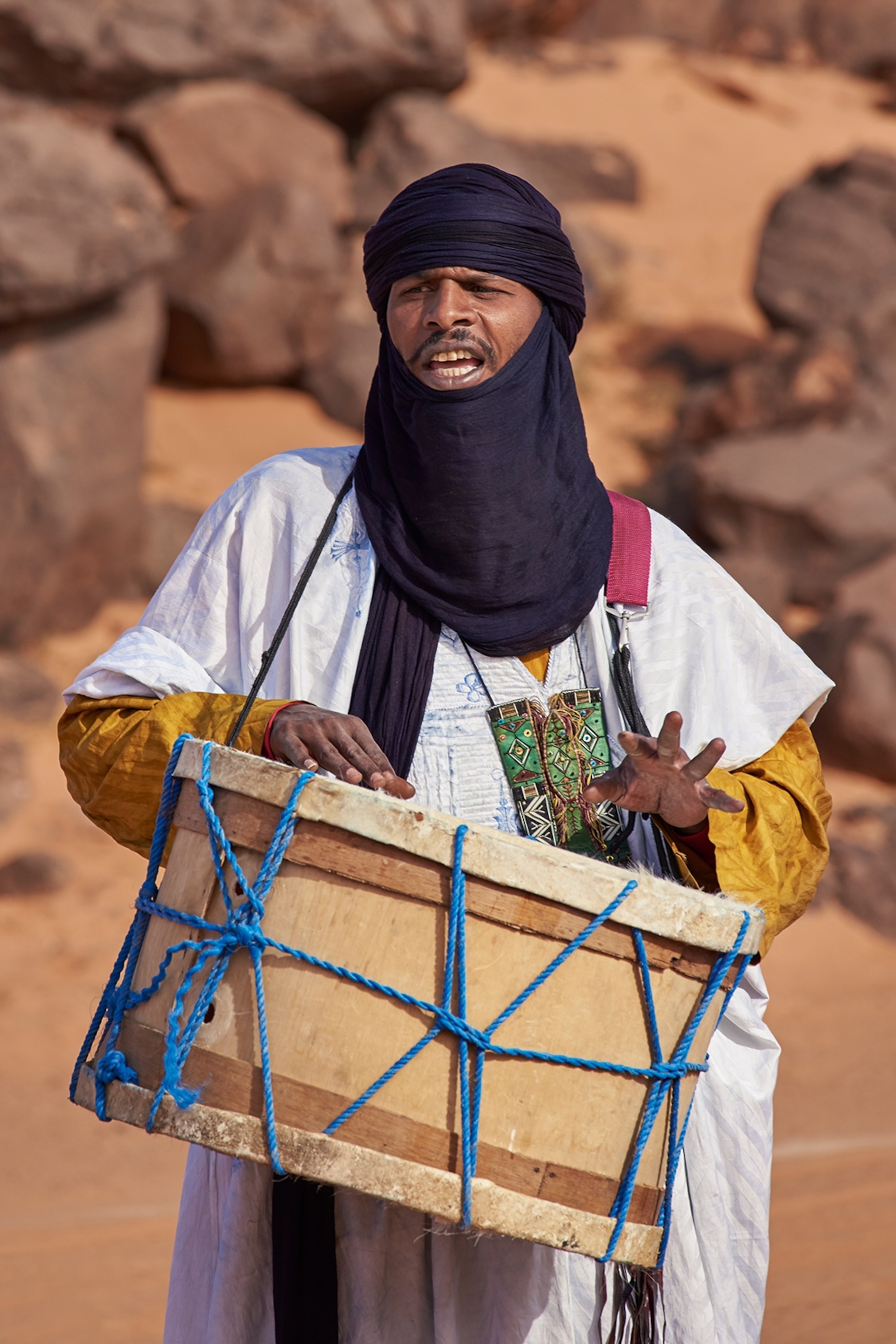
Photograph by Simon Urwin
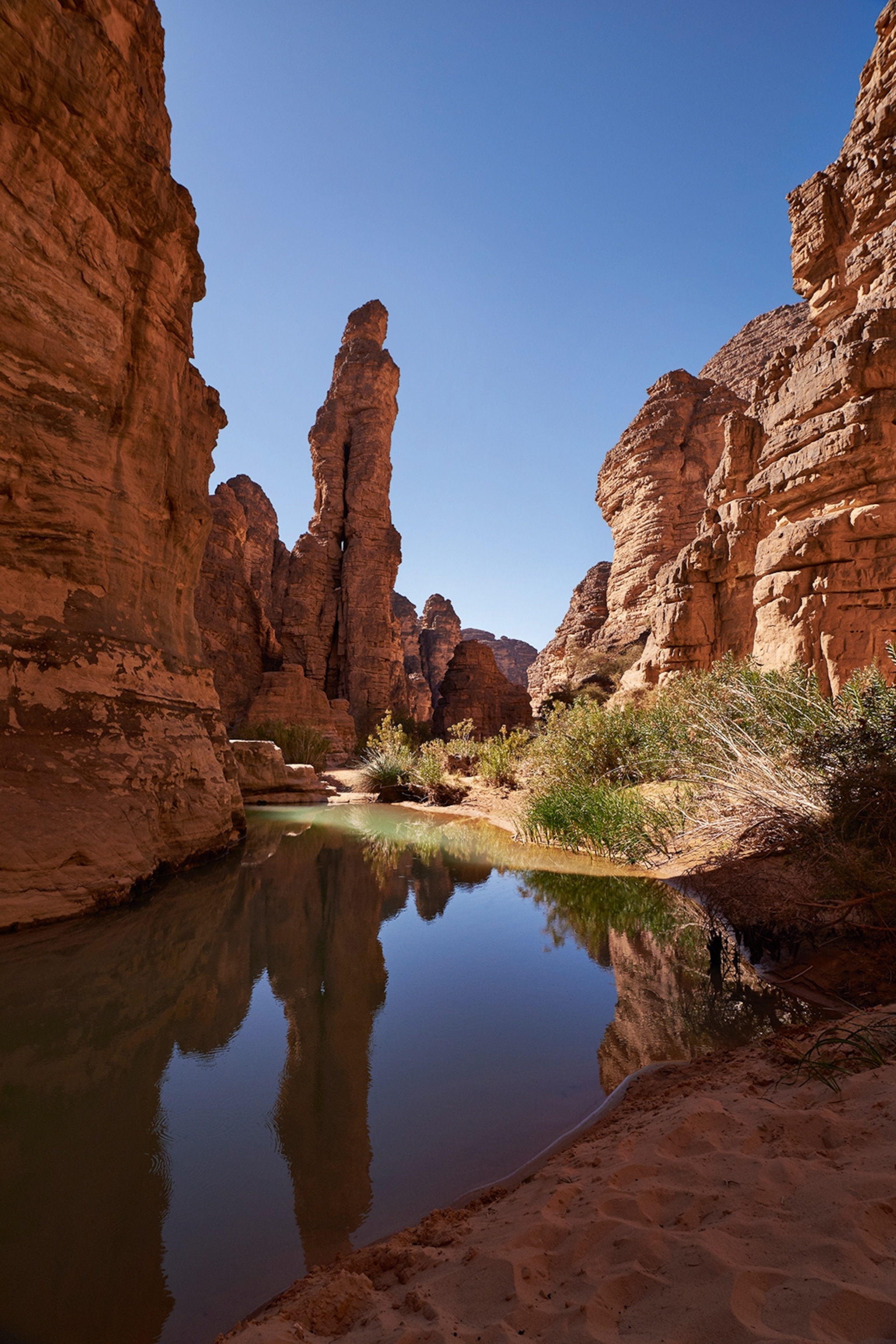
Photograph by Simon Urwin
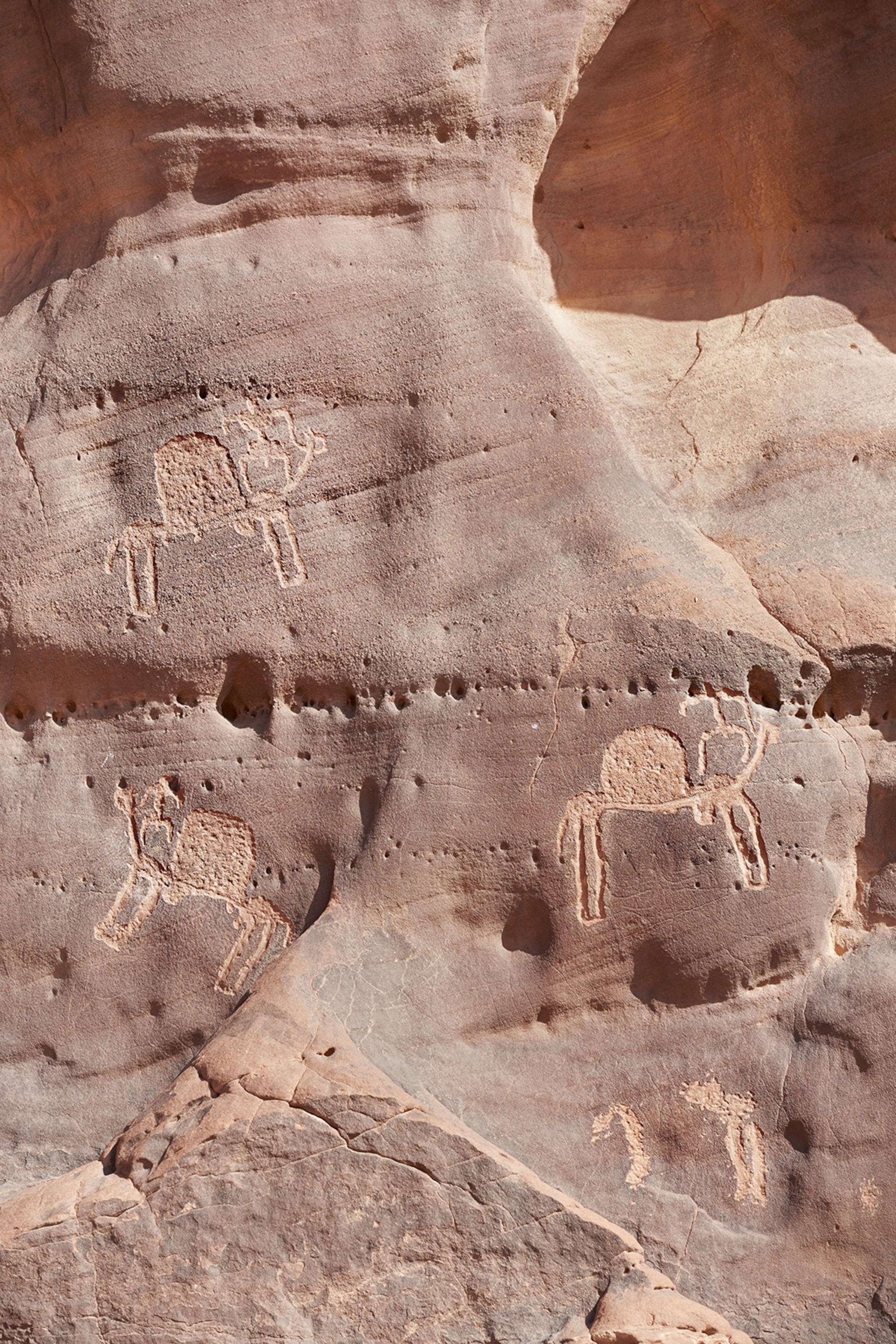
Photograph by Simon Urwin

Photograph by Simon Urwin
Published in the June 2024 issue of National Geographic Traveller (UK).
To subscribe to National Geographic Traveller (UK) magazine click here. (Available in select countries only).
To subscribe to National Geographic Traveller (UK) magazine click here. (Available in select countries only).

